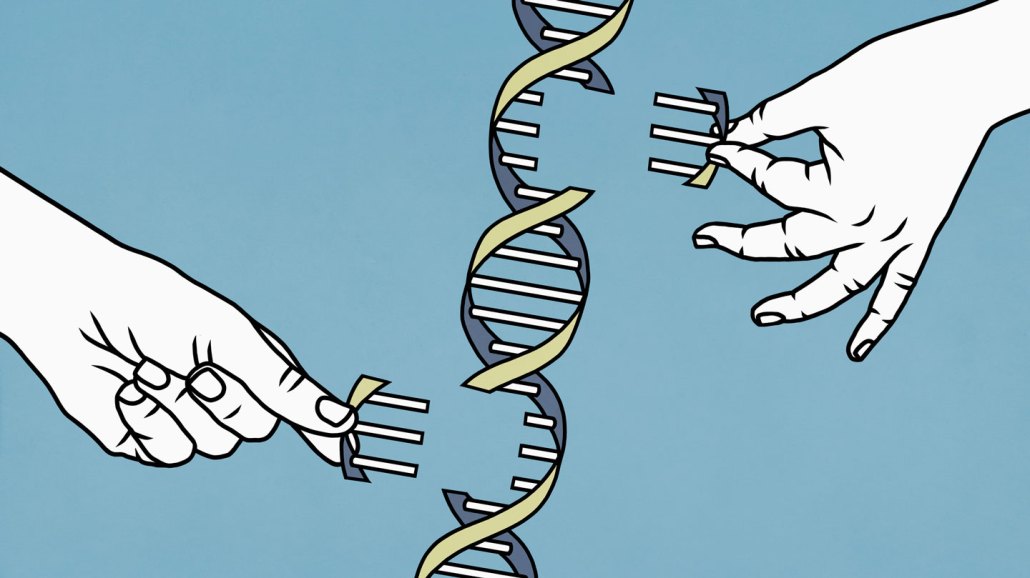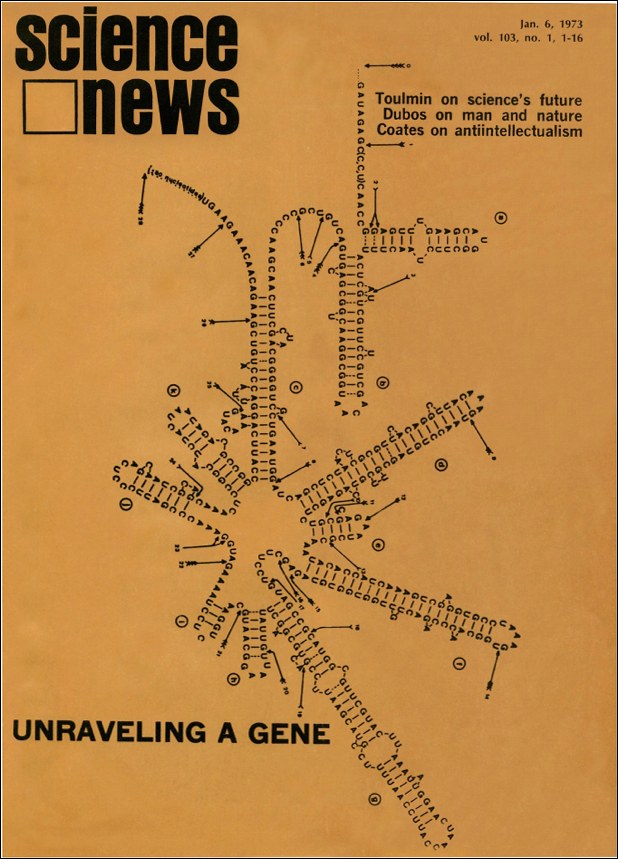50 years ago, scientists sequenced a gene for the first time
Excerpt from the January 6, 1973 issue of Science News

Within five decades, scientists went from sequencing a single gene to sequencing the entire human genome.
Malte Muelller/fStop/Getty







